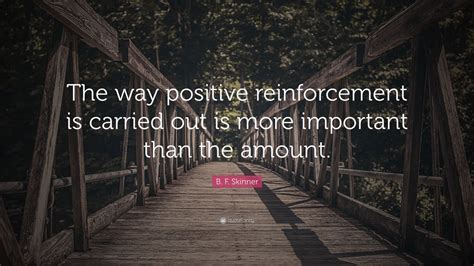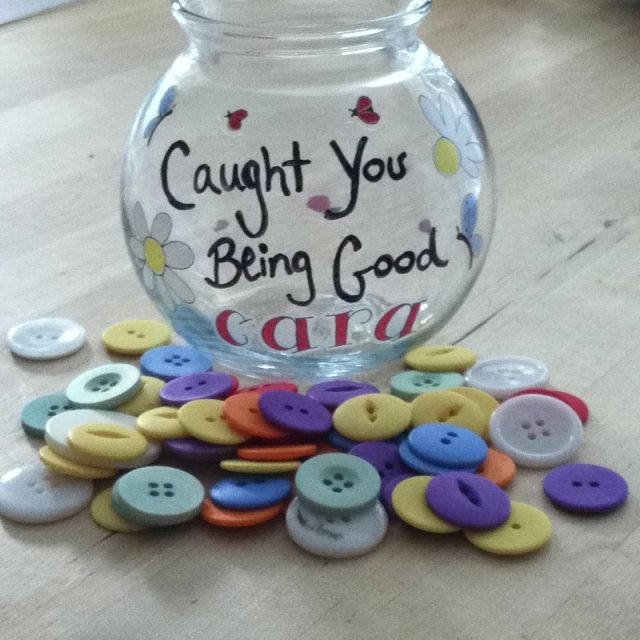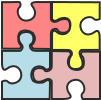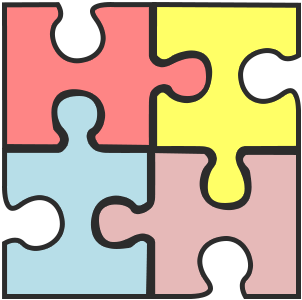
Everyday we tend to engage in behaviors because of the reinforcements we receive for those behaviors. We work to receive a paycheck, put in more hours at the office to receive praise from our co-workers or go to the gym because a workout makes ourselves feel good. Our kids strive for good grades in school for rewards when they bring home their report card.
We work for reinforcers…
We know what reinforces our behaviors…
Positive Reinforcement is a type of intervention in which a desirable stimulus is given after a behavior increasing the likelihood that the behavior will occur again. Positive reinforcement is used in various settings. In the world of ABA therapy positive reinforcement to increase desired target behaviors and has shown to have more long-term effects compared to punishment in decreasing challenging behaviors and increasing desired target behaviors.
Types of Reinforcement

Types of positive praise can range from token reinforcement (sticker charts, token jars,), positive praise, access to preferred activities, and edible reinforcers.
Like most things, consistency is the key with positive reinforcement making the most impact on the increase of desired behaviors. You first need to know what types of reinforcement that person is willing to work for and continue to evaluate its meaningfulness to that person. Delivering the reinforcement should be done immediately after the desired behavior to have its most powerful impact and is critical to its success. We always want to approach reinforcement with a planned and intentional approach by only reinforcing targeted desired behaviors.
Resources
Sticker Charts to Motivate Your Preschooler (verywellfamily.com)
Create a Token Economy System to Improve Child Behavior (verywellfamily.com)
Microsoft Word – Positive and Negative Reinforcement (watchmegrowdaycarecenter.com)

